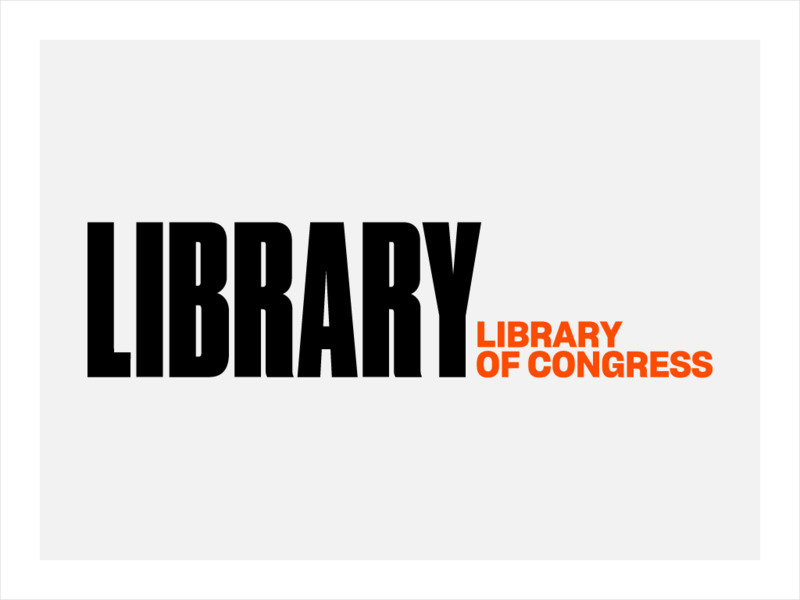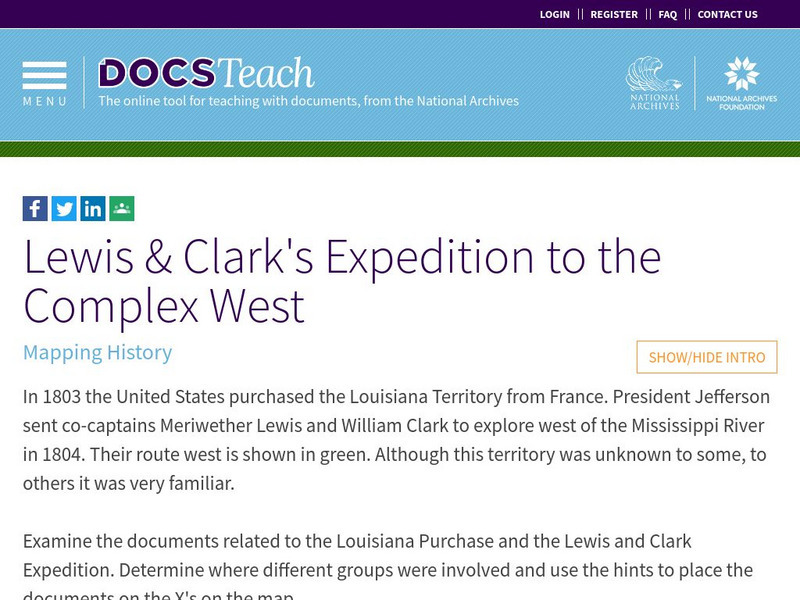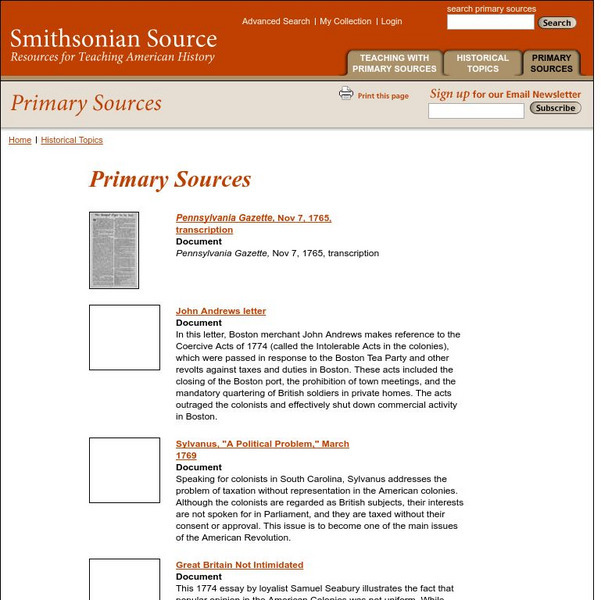Curated OER
Mine eyes have seen...Union soldiers in the South
Students examine letters written by Union soldiers fighting in the South during the Civil War, and write descriptions of the South using information found in the letters.
Curated OER
Declaration of Independence
Eleventh graders interpret and analyze political cartoons. In this primary source analysis lesson, 11th graders examine the implications of Industrialization as they respond to questions regarding selected political cartoons about the...
Curated OER
Activity 10: Primary and Secondary Sources
Learners sort documents into primary and secondary sources and analyze their reliability. In this history research lesson, the teacher gathers a selection of document images, then discusses primary and secondary sources and their benefits.
Curated OER
Powerful Signatures
Students experience famous historical documents that were initiated and propelled by signatures such as Declaration of Independence, U.S. Constitution. They create a school amendment using the information gathered.
Curated OER
All Men Are Created Equal
Students engage in a lesson to investigate the concept of all men being equal. The concept has a historical context during the time of the American Revolution. They use primary and secondary sources in order to discover the concept of...
Curated OER
Primary Sources by and about Mexicans and Californios
Students access many pages of unique and interesting people of Mexican/Californios decent/heritage. After reading an insert on one, they can future research that person on the Internet. Students share their findings on a power point...
Curated OER
Cabeza de Vaca Meets the Coahuiltecans
Students examine the difference between primary and secondary sources by examining the journal of Cabeza de Vaca and creating a poster about the Coahuitecan Indian groups. They portray a scene of the groups in 16th Century south Texas.
Curated OER
Surviving the Depression- 1930-1939 Lesson 1: Life During the Depression- Picture
Students examine and analyze primary source documents and pictures from the Great Depression Era. They consider ways in which the suffering of the Era could have been alleviated.
Curated OER
Surviving the Depression-1930-1939 Lesson 2: Life During the Depression- Stories
Students interview individuals who lived during the Great Depression era to investigate the economic hardship that was experienced. They determine the motivations of philanthropic Americans who shared and gave during this era after...
Curated OER
A Museum as Time Capsule
High schoolers focus on museum artwork and artifacts as resources to study history and geography.
Curated OER
Introduction of Primary Sources
First graders examine a database to explain the use of primary source documents.
Curated OER
Constitutional Convention, 1875: Photographs as Historical Documents
Eleventh graders compare and contrast the two photographs.
Curated OER
Legends Coming to Life
Students prepare an essay that reflect their knowledge of World War II, acquired through research.
Library of Congress
Loc: Collections, Guides and Bibliographies: Web Guides
This series of web guides serves as a collection of resources for research into a variety of areas including the performing arts, sports, government, law, art, American history, Women's history, African American history, literature and...
University of California
University of California: Robert B. Honeyman Jr. Collection
This collection at the University of California-Berkeley can now be accessed online through the Online Archive of California. It provides a vast collection of historically significant primary source images of early California and the...
San Diego State University
San Diego State University: Internal Security Act of 1950 (Mc Carran Act) [Pdf]
The McCarran Act was passed by both the House of Representatives and the Senate in the words of the act "to protect the United States against certain un-American and subversive activities by requiring registration of Communist...
University of Virginia
Letters to and From Jefferson, 1821
Resource presents a collection of letters to and from Jefferson in the year 1821.
US National Archives
Docsteach: A Revolution, a Reaction and a Reform: National History Day
Students will analyze primary source documents related to the National History Day (NHD) theme for 2011-12: Revolution, Reaction, Reform in History, determine how the documents are connected to the theme, and evaluate the effectiveness...
US National Archives
Docsteach: Lewis & Clark's Expedition to the Complex West
This activity can be used as an introduction or for a closer study of the Lewis & Clark Expedition. Students will learn that the United States purchased the Louisiana Territory in 1803 and President Thomas Jefferson sent Lewis and...
US National Archives
Docsteach: From Dred Scott to Civil Rights Act of 1875: Eighteen Years of Change
In 1857, the U.S. Supreme Court ruled in the Dred Scott decision that African-Americans were not citizens of the United States. Yet within 18 years, Black Americans would not only have citizenship, but would be guaranteed the right to...
Library of Congress
World Digital Library
This multicultural digital library delivers a vast collection of various primary sources from all over the world to enhance studies in all areas.
Library of Congress
Loc: American Time Capsule: Three Centuries of Broadsides and Printed Ephemera
This Library of Congress site offers 50 pieces of printed ephemera, documenting more than three centuries of daily life in America and elsewhere. It offers primary documents including broadsides, posters, programs, handbills, menus, and...
Center for Innovation in Engineering and Science Education, Stevens Institute of Technology
Ciese: Historical Treasure Chests
After learning to distinguish between primary and secondary sources, students will examine four primary documents and address a set of questions for each.
Smithsonian Institution
Smithsonian Source: Resources for Teaching American History: Primary Sources
A varied collection of primary resources from American history. They include portraits, banknotes, artifacts, newspaper items, paintings, and illustrations.

















![San Diego State University: Internal Security Act of 1950 (Mc Carran Act) [Pdf] Primary San Diego State University: Internal Security Act of 1950 (Mc Carran Act) [Pdf] Primary](https://static.lp.lexp.cloud/images/attachment_defaults/resource/large/FPO-knovation.png)






